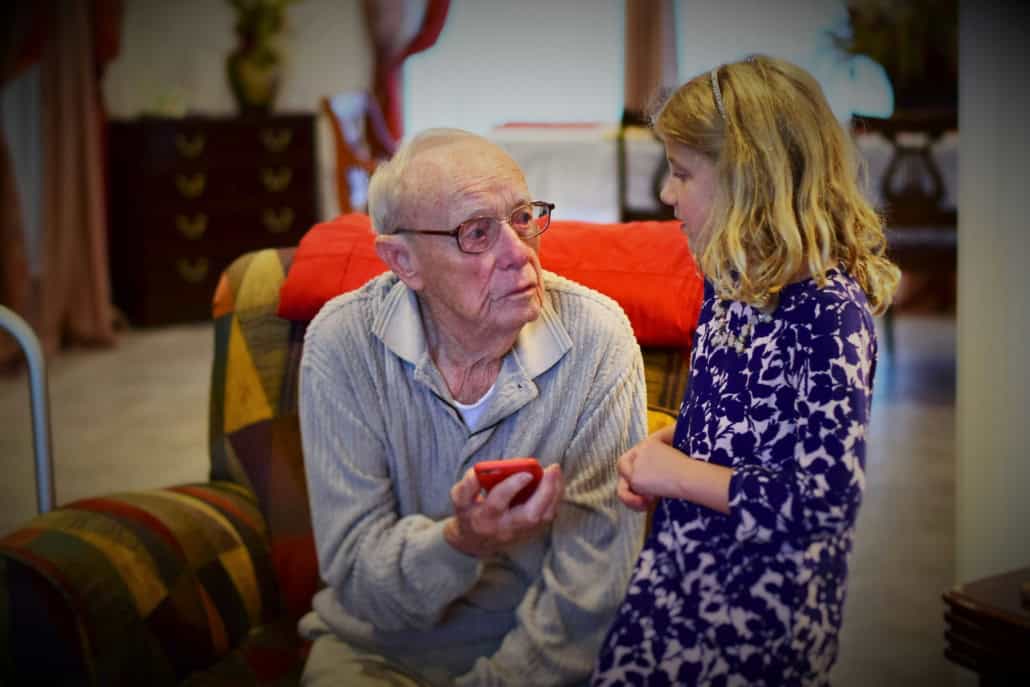Musings from a Decade of FFI Conferences
Hanging Out with Friends and Colleagues in London
Sometimes anniversaries that happen to be a “round number” give us pause to reflect.
I had such a birthday in August, and have now just attended and participated in the 2024 Family Firm Institute (FFI) Conference in London, an event I’d first attended in 2014, in Washington DC.
In the intervening decade, many things have evolved considerably: the FFI as an organization, me and my practice in this field, the number of people I now consider friends and colleagues there, and of course the field of serving enterprising families itself.
This week I want to share some of my musings around this collective evolution, because while much remains the same, it feels like even more has evolved, for the better.
Let’s Take It from the Bottom
On the last day of the conference, it seemed like almost every conversation I had with other attendees ended up veering towards marveling at how fast the whole field seems to be changing lately.
Between families who are kick starting things post-Covid, to new entrants in the field, to the continued move towards Family Offices, to professionals moving form one organization to another, it seems like the level of activity has never been higher.
And that’s a good thing, mostly.
Lots of change is necessary, but it won’t all be for the better in the short term, as mistakes will be made, firms will take steps that will turn out to be false starts, and families will continue to try to figure out who can best serve their needs, which remain difficult to define.
But there seems to be lots of effort and energy present to better serve families.
Learned and Learner Colleagues
Thinking back to a decade ago, at my first FFI Conference I knew only a handful of people, and thought I was there just to learn.
Being new to the field, of course there was a lot to soak in, and it was clear that this could be a long process.
What I had not appreciated going in was how much of an impact my new and growing network of colleagues would have on my learning curve.
At each successive conference, London’15, Miami’16, Chicago’17, London’18, Miami’19, Virtual’20, (I missed London’21), Boston’22, New York’23, London’24, I’ve gained new friends and colleagues, and we continue to all learn together, from one another.
We all learn better by sharing what we’ve tried and what’s working (and what’s not), all in the spirit of moving our relatively young field to evolve and mature.
Evolving in My Fifties
If your view of human development is that once we become adults, we have peaked, you may want to stop reading, lest your views be dispelled.
I had just turned 50 when I first attended, and I was entering a field I had just discovered existed.
I also knew that although much of my life experience was extremely relevant to this work, I needed to evolve and grow as a person, and gain the skills and behaviours necessary to do this work well.
I had lived my life believing that the “business circle” was paramount, but had now (finally) clued into the fact that it is in the “family circle” that the most difficult and important work happens.
That transition is not as simple as it may seem, and I’m happy to report that my efforts have been worthwhile and rewarded.
FFI Colleagues Rising to the Challenges
I’m not sure if it was due to my “newness” to the field back then or not, but it seemed to me that in those bygone days, many of those who presented during the breakout sessions were sharing their great successes and flexing in front of their fans.
My time in London recently was much different, as most of the presentations I attended were given with a great deal of humility and a willingness to learn from the other professionals in the room.
The global nature of the organisation continues to be one of its greatest features, as we all benefit from learning how this work is done in different cultures and geographies.
I continue to hope that the Family Firm Institute will grow in wonderful ways and create the environment required for this community of peers to meet, share, and learn from one another, for the benefit of enterprising families everywhere.



















